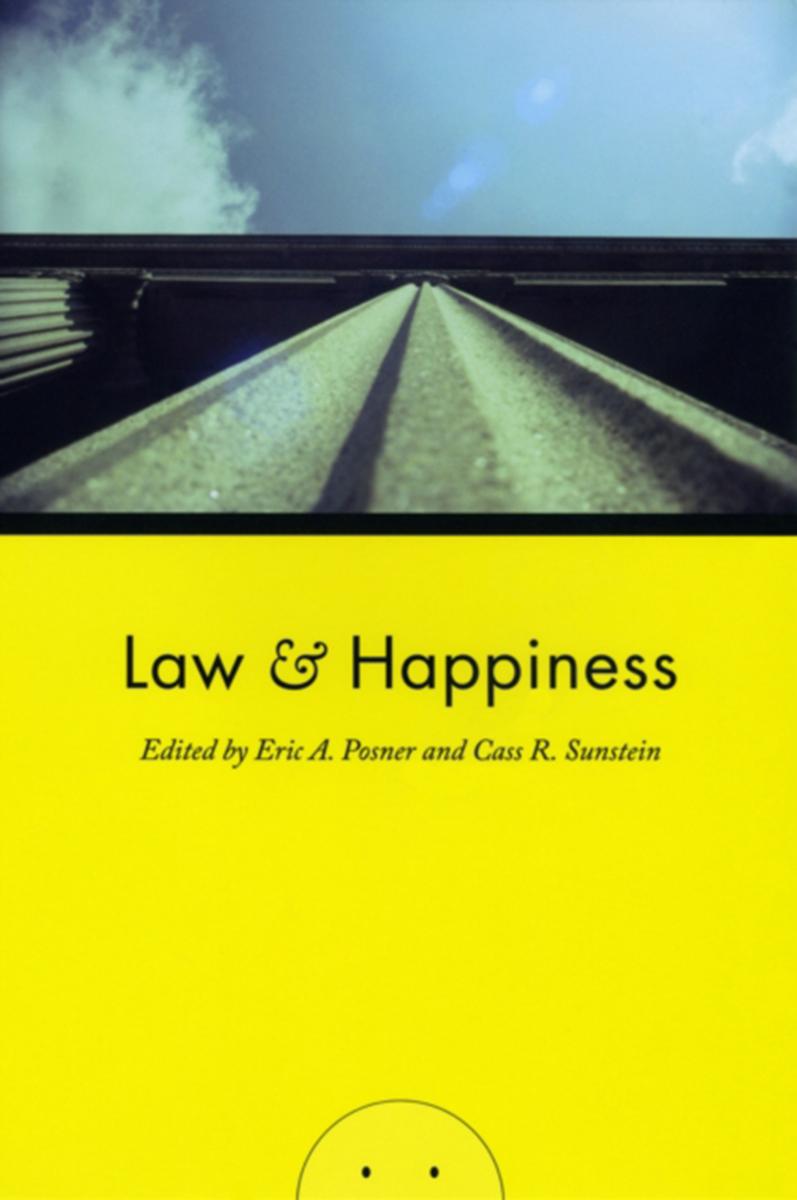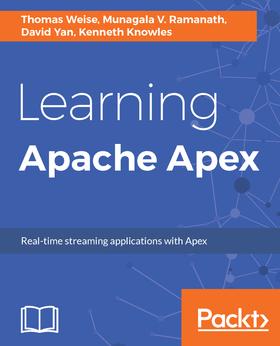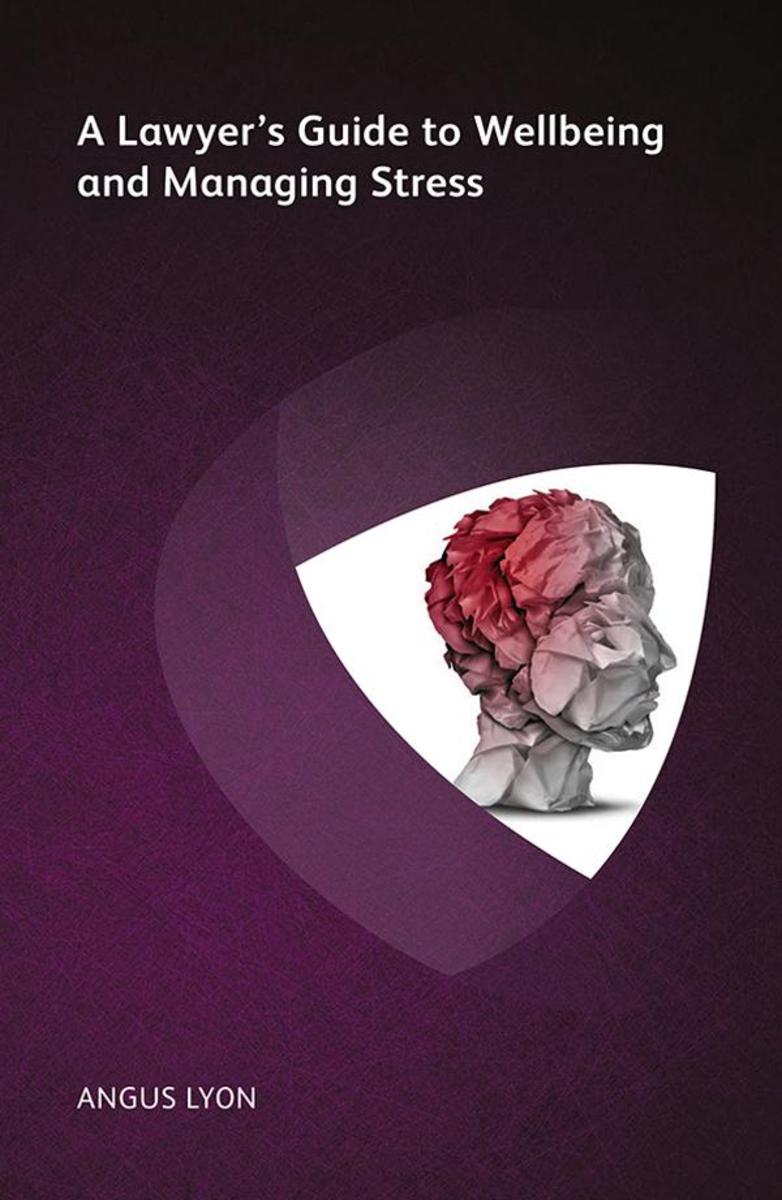
How Governments And Other Stakeholders
¥212.47
How Governments And Other Stakeholders

Law and Happiness
¥253.10
Economists who make normative proposals traditionally assume that policy should advance “efficiency,”usually in the Kaldor or Hicks sense, which defines efficiency in terms of whether the project's winners can hypothetically compensate the project's losers.A compensation criterion is used because it can be based on ordinal utilities, which puts a smaller information burden on the decision maker than cardinal utilities do.Ordinal utilities, unlike cardinal utilities, can (in principle) be inferred from observations of consumer behavior.By seeing how people trade off goods, willingness-to-pay (or willingness-to-accept) amounts can be derived and summed, so that alternative policy outcomes can be easily compared.

Prevention of Child Poverty with Public Health Leadership Theory and Systems Thi
¥253.34
Prevention of Child Poverty with Public Health Leadership Theory and Systems Thinking Approach

Beyond C. L. R. James
¥261.34
Beyond C. L. R. James brings together essays analyzing the interconnections among race, ethnicity, and sport. Published in memory of C. L. R. James, the revolutionary sociologist and writer from Trinidad who penned the famous autobiographical account of cricket titled Beyond a Boundary, this collection of essays, many of which originated at the 2010 conference on race and ethnicity in sport at the University of West Indies, Cave Hill in Barbados, cover everything from Aborigines in sport and cricket and minstrel shows in Australia to Zulu stick fighting and football and racism in northern Ireland. The essays, divided into four sections that include introductory comments by each editor, are written by some of the more well-known sport historians in the world and characterized by a focus on the role of culture and sport in society in the context of both political economies and the state as well as colonial and postcolonial struggles. Included also are discussions on how sport at once brings people together, shapes the identities of its participants, and reflects the continuing search for social justice.

Gesture and Thought
¥265.87
Gesturing is such an integral yet unconscious part of communication that we are mostly oblivious to it. But if you observe anyone in conversation, you are likely to see his or her fingers, hands, and arms in some form of spontaneous motion. WhyDavid McNeill, a pioneer in the ongoing study of the relationship between gesture and language, set about answering this question over twenty-five years ago. In Gesture and Thought he brings together years of this research, arguing that gesturing, an act which has been popularly understood as an accessory to speech, is actually a dialectical component of language.Gesture and Thought expands on McNeill's acclaimed classic Hand and Mind. While that earlier work demonstrated what gestures reveal about thought, here gestures are shown to be active participants in both speaking and thinking. Expanding on an approach introduced by Lev Vygotsky in the 1930s, McNeill posits that gestures are key ingredients in an "imagery-language dialectic" that fuels both speech and thought. Gestures are both the "imagery" and components of "language." The smallest element of this dialectic is the "growth point," a snapshot of an utterance at its beginning psychological stage. Utilizing several innovative experiments he created and administered with subjects spanning several different age, gender, and language groups, McNeill shows how growth points organize themselves into utterances and extend to discourse at the moment of speaking.An ambitious project in the ongoing study of the relationship of human communication and thought, Gesture and Thought is a work of such consequence that it will influence all subsequent theory on the subject.

How to Use Community Health Assessment to Reduce the Burden of HIV and AIDS Worl
¥294.22
How to Use Community Health Assessment to Reduce the Burden of HIV and AIDS Worldwide

Learning Apache Apex: Real-time streaming applications with Apex
¥334.25
Designing and writing a real-time streaming publication with Apache Apex About This Book Get a clear, practical approach to real-time data processing Program Apache Apex streaming applications This book shows you Apex integration with the open source Big Data ecosystem Who This Book Is For This book assumes knowledge of application development with Java and familiarity with distributed systems. Familiarity with other real-time streaming frameworks is not required, but some practical experience with other big data processing utilities might be helpful. What You Will Learn Put together a functioning Apex application from scratch Scale an Apex application and configure it for optimal performance Understand how to deal with failures via the fault tolerance features of the platform Use Apex via other frameworks such as Beam Understand the DevOps implications of deploying Apex In Detail Apache Apex is a next-generation stream processing framework designed to operate on data at large scale, with minimum latency, maximum reliability, and strict correctness guarantees. Half of the book consists of Apex applications, showing you key aspects of data processing pipelines such as connectors for sources and sinks, and common data transformations. The other half of the book is evenly split into explaining the Apex framework, and tuning, testing, and scaling Apex applications. Much of our economic world depends on growing streams of data, such as social media feeds, financial records, data from mobile devices, sensors and machines (the Internet of Things - IoT). The projects in the book show how to process such streams to gain valuable, timely, and actionable insights. Traditional use cases, such as ETL, that currently consume a significant chunk of data engineering resources are also covered. The final chapter shows you future possibilities emerging in the streaming space, and how Apache Apex can contribute to it. Style and approach This book is divided into two major parts: first it explains what Apex is, what its relevant parts are, and how to write well-built Apex applications. The second part is entirely application-driven, walking you through Apex applications of increasing complexity.

ASP.NET Core 2 and Angular 5: Full-Stack Web Development with .NET Core and Angu
¥334.25
Develop a simple, yet fully-functional modern web application using ASP.NET Core MVC, Entity Framework and Angular 5. About This Book Based on the best-selling book ASP.NET Core and Angular 2 Easily build a complete single page application with two of the most impressive frameworks in modern development, ASP.NET Core and Angular Bring together the capabilities and features of both Angular 5 and ASP.NET Core 2 for full stack development Discover a comprehensive approach to building your next web project-From managing data, to application design, through to SEO optimization and security Who This Book Is For This book is for seasoned ASP.NET developers who already know about ASP.NET Core and Angular in general, but want to know more about them and/or understand how to blend them together to craft a production-ready SPA. What You Will Learn Use ASP.NET Core to its full extent to create a versatile backend layer based on RESTful APIs Consume backend APIs with the brand new Angular 5 HttpClient and use RxJS Observers to feed the frontend UI asynchronously Implement an authentication and authorization layer using ASP.NET Identity to support user login with integrated and third-party OAuth 2 providers Configure a web application in order to accept user-defined data and persist it into the database using server-side APIs Secure your application against threats and vulnerabilities in a time efficient way Connect different aspects of the ASP. NET Core framework ecosystem and make them interact with each other for a Full-Stack web development experience In Detail Become fluent in both frontend and backend web development by combining the impressive capabilities of ASP.NET Core 2 and Angular 5 from project setup right through the deployment phase. Full-stack web development means being able to work on both the frontend and backend portions of an application. The frontend is the part that users will see or interact with, while the backend is the underlying engine, that handles the logical flow: server configuration, data storage and retrieval, database interactions, user authentication, and more. Use the ASP.NET Core MVC framework to implement the backend with API calls and server-side routing. Learn how to put the frontend together using top-notch Angular 5 features such as two-way binding, Observables, and Dependency Injection, build the Data Model with Entity Framework Core, style the frontend with CSS/LESS for a responsive and mobile-friendly UI, handle user input with Forms and Validators, explore different authentication techniques, including the support for third-party OAuth2 providers such as Facebook, and deploy the application using Windows Server, SQL Server, and the IIS/Kestrel reverse proxy. Style and approach More than just a technical manual, this guide takes you through the most important technical facets of developing with these two hugely popular frameworks and then demonstrates how to put those skills into practice. It's a book that recognizes that what's really important is the end product.

Sites of the Unconscious
¥370.82
In the late nineteenth century, scientists, psychiatrists, and medical practitioners began employing a new experimental technique for the study of neuroses: hypnotism. Though the efforts of the famous French neurologist Jean-Martin Charcot to transform hypnosis into a laboratory science failed, his Viennese translator and disciple Sigmund Freud took up the challenge and invented psychoanalysis. Previous scholarship has viewed hypnosis and psychoanalysis in sharp opposition or claimed that both were ultimately grounded in the phenomenon of suggestion and thus equally flawed. In this groundbreaking study, Andreas Mayer reexamines the relationship between hypnosis and psychoanalysis, revealing that the emergence of the familiar Freudian psychoanalytic setting cannot be understood without a detailed analysis of the sites, material and social practices, and controversies within the checkered scientific and medical landscape of hypnotism.Sites of the Unconscious analyzes the major controversies between competing French schools of hypnotism that emerged at this time, stressing their different views on the production of viable evidence and their different ways of deploying hypnosis. Mayer then reconstructs in detail the reception of French hypnotism in German-speaking countries, arguing that the distinctive features of Freud's psychoanalytic setting of the couch emerged out of the clinical laboratories and private consulting rooms of the practitioners of hypnosis.

A Lawyer’s Guide to Wellbeing and Managing Stress
¥408.75
Stress is an inevitable part of being lawyer and it can even be a positive force – it can help you push through long hours or meet tough targets. However, when stress becomes excessive, it can be damaging to individuals and to firms, leading to mental and physical sickness, lack of morale or a desire to take on additional responsibility, and worse. The problem is widespread. According to a Law Society survey, 95% of lawyers have some negative stress in their jobs, and 17% say that this is extreme. Lawyers feel overloaded with work, unappreciated, isolated, and unsupported; many complain of unattainable targets, poor pay, and long hours. And while many firms say they have programmes in place that are geared towards improving the wellbeing of staff, 66% of lawyers say they would be concerned about reporting feelings of stress to their employer because of the stigma involved. Nobody wishes to be seen as a weak link in the chain of a professional practice. A solution won’t be found overnight. This book is designed to encourage lawyers and firms to think more about the question of stress, how to recognise it in others and themselves, and how to take action before it becomes excessive. It is written for lawyers everywhere – regardless of location or career level.




 购物车
购物车 个人中心
个人中心



